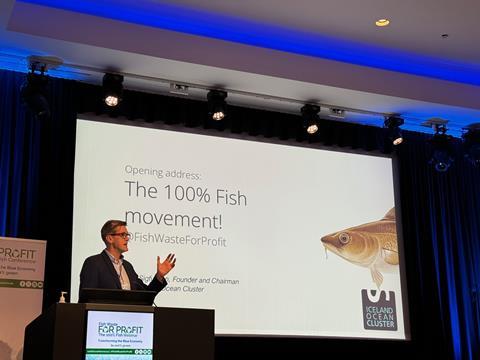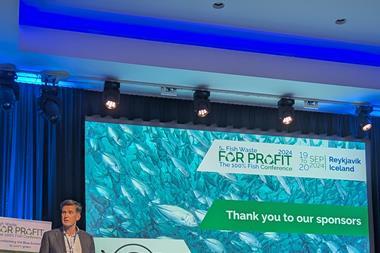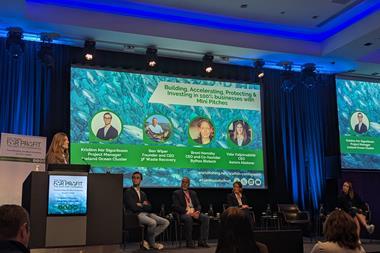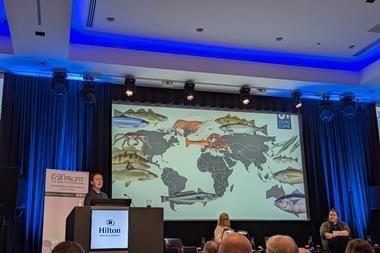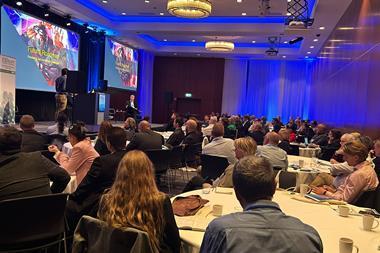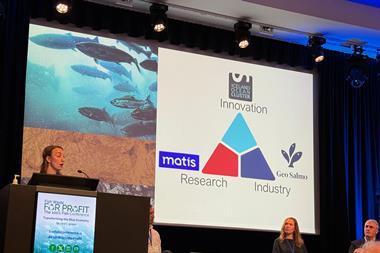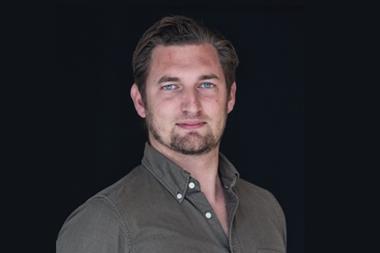Seafood value chains are increasingly changing mindsets and becoming more collaborative to deal with the issue of valuable raw material by-products going to waste, according to Thor Sigfusson, Founder and Chairman of the Iceland Ocean Cluster.
Opening the 5th Fish Waste for Profit conference, entitled “Turning the Blue Economy to 100% Green,” Sigfusson said the 100% Fish movement – essentially, the better utilisation of each fish caught and farmed to reduce waste whilst also increasing its overall value – has made great progress in a relatively short period of time.
There is, he said, a growing worldwide realisation that focusing on fillet production alone is resulting in the waste of almost two-thirds of every fish, parts that he insists ”are the most valuable”.
“People are starting to come together to discuss this idea, and it’s expanding fast. We’re seeing things happening. We’re seeing all kinds of movements in different regions around the world. We’re also happily seeing the cluster movement strengthening.”
Nevertheless, it’s still the case that at least 10 million tonnes of “perfectly good fish by-products” are going to waste annually, he said.
“We have been throwing these waste parts away for years and years, and there is no value in it.”
What the Iceland Ocean Cluster has learned is that bringing stakeholders from different parts of the value chain together is key to overcoming this challenge, with a pipeline of solutions and new revenue streams generated from having academics, start-ups, industry, marketing experts and others looking at a potential challenge or opportunity.
Bringing all these sectors together establishes trust, and from trust all sorts of benefits have emerged, Sigfusson told the conference.
The cluster has also confirmed there’s no “one size fits all” when it comes to full fish utilisation due to the great difference between species and geographies. To highlight this, he gave the example of Kerecis, Iceland’s first unicorn company, which is transforming human wound care with revolutionary fish skin grafts.
“It is the most successful company in Iceland, worth over USD 1.3 billion, but it is only using around 2 tonnes of fish.”
“This is something that we’re seeing coming from different companies in Iceland and elsewhere: solutions that allow for smaller portions to create economic value.”
In this regard, there also needs to be evidence of the work that has been done, with people seeing products coming out of so-called “waste-streams”, Sigfusson said.
The overall aim, he told the conference, is that: “10 million tonnes of waste is turned into value, one fish at a time.”
